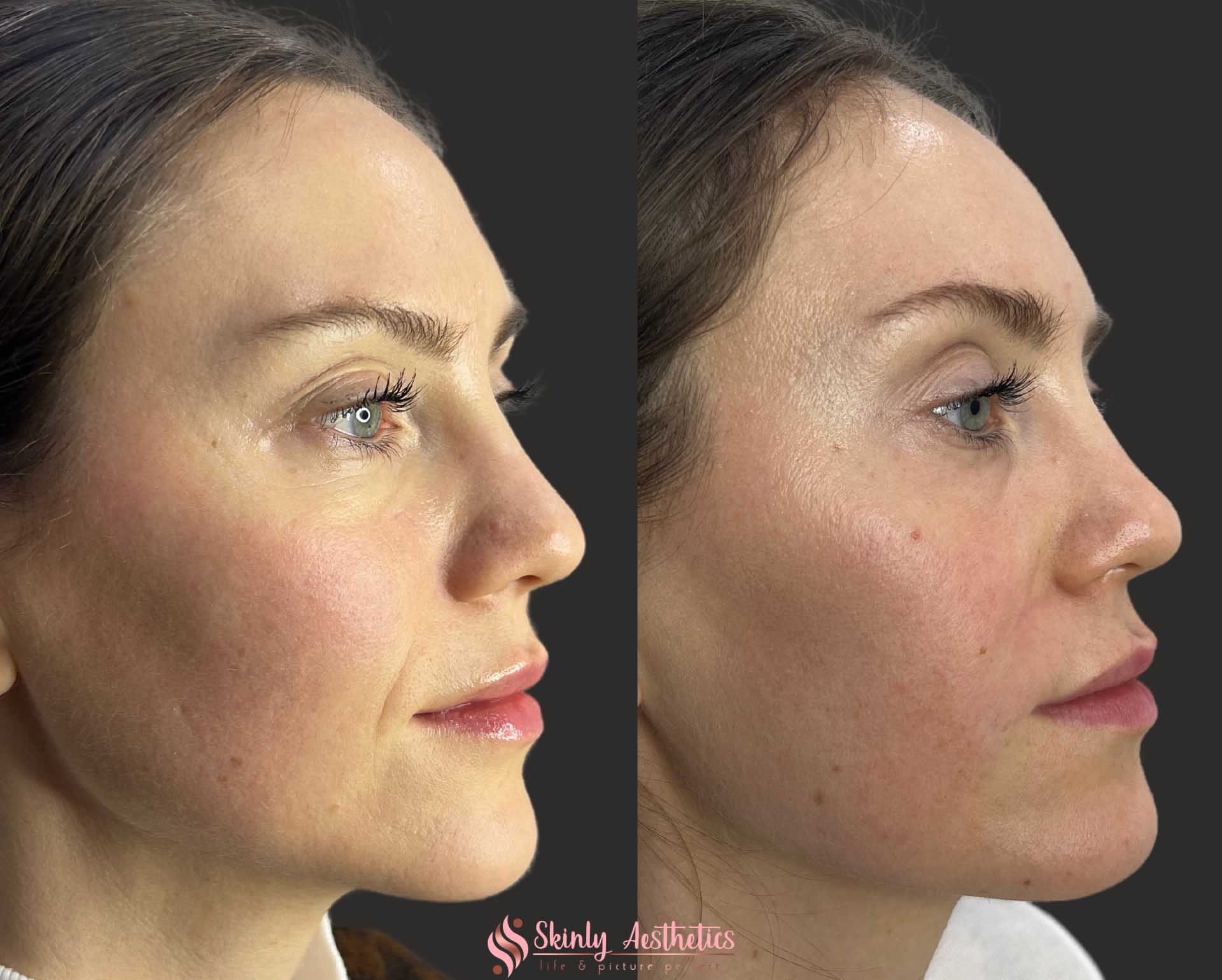
Effective Ways to Stain Concrete for a Modern Look in 2025
As concrete continues to gain popularity for its durability and versatility, enhancing its aesthetic appeal through staining has become an essential practice among homeowners and designers. This comprehensive guide delves into the best methods for staining concrete, exploring a variety of techniques and color options that can transform traditional gray concrete into modern masterpieces that elevate your home’s visual appeal. Whether you are looking to enhance an indoor concrete floor or give your outdoor patio a refreshing makeover, understanding how to stain concrete effectively is key to achieving the desired result.
Concrete staining not only improves aesthetics; it can also add value to your property. With the right tools and knowledge, you can achieve stunning results that reflect your personal style and preferences. This article will provide essential tips on choosing the right concrete stain, preparing your surfaces for painting, and applying stains for both interior and exterior projects. We'll also touch on safety precautions, maintenance tips, and troubleshooting common issues. Ready to turn your concrete surfaces into attractive features? Let’s get started!
Essential Techniques for Staining Concrete Surfaces
Building on the fundamentals of concrete staining, it’s important to understand the various techniques available for different types of projects. Each method comes with its own advantages, allowing you to tailor your approach based on the desired outcome.
Understanding Concrete Stain Types
When considering concrete stains, you typically have two main types: acid-based and water-based. Acid stains react with the lime in the concrete, creating rich, variegated colors. Water-based stains, on the other hand, provide a wider range of colors and are easier to apply and clean up. Understanding the difference helps in choosing the right stain for your project.
How to Choose Concrete Stain for Your Project
Choosing the right concrete stain involves considering various factors such as desired color, finish type, and environmental conditions. For example, if you're preparing a stain concrete patio, opting for UV-resistant stains can ensure longevity and beauty over time. Consider testing a small area to see how the stain interacts with the concrete surface before committing to a larger application.
Preparing Concrete for Staining
Preparation is crucial in achieving a successful staining result. Begin by cleaning the concrete surface thoroughly, removing any dirt, grease, or previous coatings. You can use concrete cleaning products or pressure washing for effective results. If your concrete is old or stained, you may need to consider concrete resurfacing to create a fresh canvas for staining.
Staining Interior vs. Exterior Concrete
Staining interior concrete may require different techniques compared to exterior applications. Indoor concrete staining can focus more on aesthetic appeal and color depth, whereas outdoor projects need to consider weather-resistant options and sealants that withstand the elements. When staining outdoor living areas with stained concrete, ensure that all surfaces are prepared properly to prevent peeling or fading.
Advanced Staining Techniques for Unique Finishes
For those seeking a more personalized touch, advanced staining techniques such as stenciling or stamping can add character to your concrete surfaces. Using stencils allows you to create patterns and designs that enhance the visual interest, making your concrete projects not just functional but also beautiful. Incorporating multiple colors can further enhance the depth and richness of your concrete surface.
Applying Concrete Stain: Step-by-Step Guide
With the preparation phase complete, it’s time to move onto the application. This stage is where your project starts to come to life, so taking a methodical approach is essential.
Tools Needed for Concrete Staining
Having the right tools is key to a successful concrete staining project. Basic tools include a portable concrete stain sprayer, brushes, rollers, and safety gear such as gloves and goggles. For larger jobs, investing in good-quality equipment can greatly enhance the quality of your finish.
Concrete Stain Application Techniques
When applying the stain, work in small sections to ensure even coverage. Start from one corner and work towards the exit to avoid stepping on freshly stained areas. The method of application can vary: sprayers can cover large areas quickly, while brushes can be used to manipulate the stain into more intricate spots.
Sealing Stained Concrete for Longevity
After the stain has dried, applying a concrete sealer is crucial for protection. This step prevents stains and enhances the vibrancy and durability of the color. Choosing the best sealer for stained concrete can greatly influence the longevity and performance of your stain, especially in high-traffic areas.
Concrete Stain Maintenance Tips
Maintaining your stained concrete surfaces is essential to keep them looking their best. Regular cleaning with mild soap and water can help to prevent buildup. For areas exposed to heavy foot traffic, a more frequent sealant application may be required to maintain protection and aesthetics.
Common Mistakes to Avoid When Staining Concrete
Many homeowners encounter pitfalls during their staining projects. These can include not preparing the surface properly, applying too thick of a stain layer, or skipping the sealing step. To achieve professional-looking results, familiarize yourself with best practices and plan ahead to prevent these issues.
Exploring Color Options and Trends in Concrete Staining
As aesthetics continue to evolve, so do the color choices available for concrete staining. Understanding color theory can help in selecting the right hues to complement your home’s design.
Popular Concrete Stain Colors for 2025
Trends in concrete stain colors for 2025 are leaning towards earthy tones, shades of gray, and neutral palettes that blend seamlessly with natural surroundings. These colors not only enhance curb appeal but also harmonize with modern landscaping styles.
Using Color Additives in Staining
Incorporating concrete stain additives can enrich your color choices and create unique finishes. These additives can enhance certain colors or provide additional properties, such as improved UV resistance, ensuring that your design withstands the test of time.
Techniques for Layering Colors
Layering colors can create stunning depth and texture in concrete applications. This technique involves applying different stains in a strategic manner to achieve a more complex look. For example, lighter shades applied over a darker base can create beautiful, transitional effects on your concrete surfaces.
Integrating Patterns into Stained Concrete
Patterns can be achieved through different techniques such as stencil work, which can add personality and creativity to concrete designs. This approach allows for customization and differentiation, making your stained concrete stand out in both indoor and outdoor settings.
The Impact of Lighting on Stained Concrete
Finally, consider how natural and artificial lighting can impact the appearance of stained concrete. The finish can look dramatically different depending on the time of day and the angle of light, so plan your stain application considering how light interacts with your chosen colors.
Concrete Staining Safety and Environmental Considerations
Before embarking on a staining project, it is crucial to prioritize safety and environmental considerations.
Safety Precautions When Staining Concrete
Safety should always come first when working with concrete stains. Use non-toxic concrete stains when possible, and always work in a well-ventilated area to avoid inhaling fumes. Protective gear, such as gloves and masks, is essential to safeguard against skin irritation and respiratory issues.
Eco-Friendly Options for Concrete Staining
As sustainability becomes increasingly important, exploring eco-friendly concrete stains can benefit both your health and the environment. Low-VOC (Volatile Organic Compounds) stains provide safer alternatives without compromising on quality, allowing you to achieve stunning aesthetics while minimizing environmental impact.
Understanding the Environmental Impact of Concrete
Concrete production is known to have a significant environmental footprint. When choosing to stain concrete, consider researching manufacturers that prioritize sustainable practices to help mitigate this impact. This not only supports responsible brands but also contributes to a healthier planet.
Advanced Practices in Concrete Staining
Finally, professional tips for concrete staining can offer invaluable insights into maximizing your results. Trends in concrete design also change swiftly, so staying informed on current best practices can help you achieve professional results, whether you're tackling a DIY project or hiring a contractor.
Conclusion: Embrace the Versatility of Stained Concrete
With its ability to transform ordinary spaces into extraordinary ones, staining concrete remains a top choice for many homeowners and designers. From indoor floors to outdoor patios, the techniques, colors, and finishes available can create visually stunning environments that align with modern trends and personal style. By understanding the fundamentals of staining, practicing proper maintenance, and choosing eco-friendly options, you can ensure your stained concrete surfaces remain beautiful and durable for years to come.
For more detailed insights on concrete staining, be sure to check out our comprehensive articles on staining interior concrete and creating outdoor living spaces with stained concrete.

